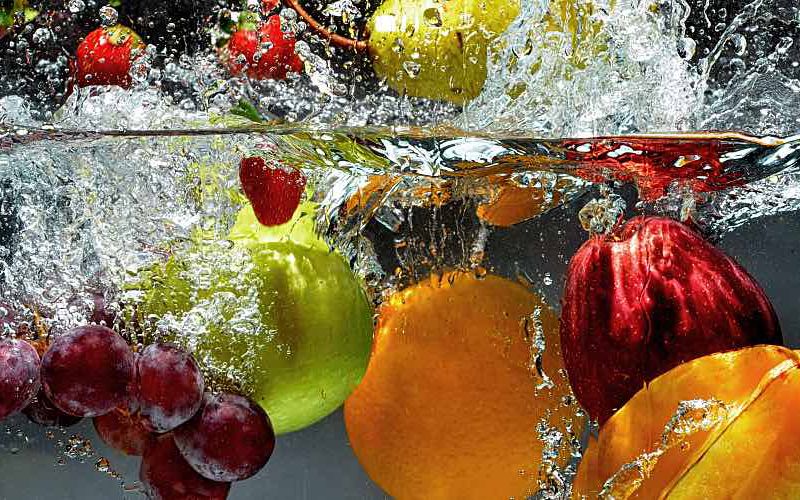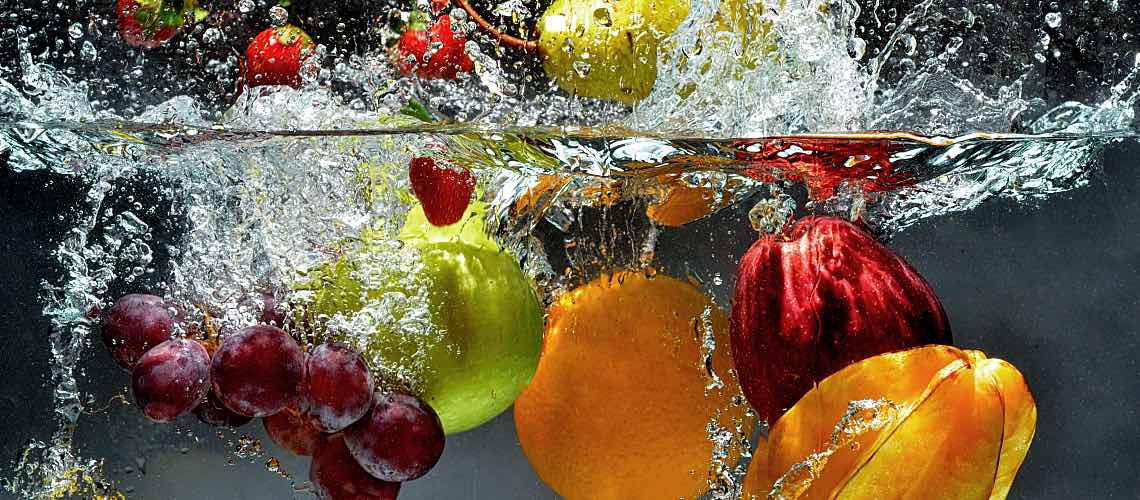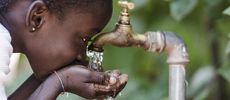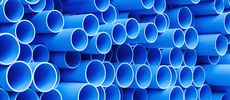FDA Releases LAAF Rule: How Water Labs Can Prepare


In December 2021, the U.S. Food and Drug Administration (FDA) published its final rule on Laboratory Accreditation for Analyses of Foods (LAAF), a voluntary program for testing foods in specific circumstances. The new rule falls under the Food Safety Modernization Act (FSMA), which represents the most sweeping changes to our nation's food safety regulations in decades.
The program's goal is to better protect the public from food safety hazards by improving test reliability through enhanced oversight of testing labs. To help understand the new FDA rule, this article looks at situations the LAAF rule applies to, the timing of the rule, and how it impacts water labs.
How the LAAF Rule Applies
The new FDA rule doesn't apply to routine food testing under FSMA or its Produce Safety Rule, nor does the rule apply to all food testing. Once implemented, the rule will require organizations to use a LAAF-accredited laboratory for testing:
- To support removing a food from an import alert as part of consecutive testing requirements.
- To support releasing imported foods detained at the border due to potential FDA violations.
- When it is required by FDA regulations to address identified or suspected food safety issues—for example, testing shell eggs, sprouts, or bottled water.
- When it is required as part of a directed food laboratory order to address identified or suspected food safety issues.
- For certain administrative processes such as appealing a detention order.
How the Program Will Work
The new laboratory accreditation program involves various entities with differing responsibilities. The first step is that the FDA will recognize accreditation bodies through the program. Similar to an ISO registrar, those accreditation bodies then work with labs that want to become accredited under the program.
Once a lab is accredited, food owners and consignees can engage them to conduct testing for the specific scenarios as those described above. The lab conducts the testing and submits results and supporting information to the FDA, also sharing test results with owners and consignees.
Finally, the FDA will review the results and supporting information to make a determination based on the individual case. This structure creates added layers of reliability in food testing, ensuring that labs that conduct the testing meet certain requirements for accuracy.
Timing of the New FDA Rule
The FDA has launched an application portal and user guide aimed at accreditation bodies that want to apply for recognition under the new program. When a sufficient number of accreditation bodies have been recognized, the FDA will allow labs to apply for recognition through an accredited body.
From there, it's a matter of waiting until there are sufficient numbers of LAAF-accredited laboratories for the food testing required under the rule. Once that happens, the FDA will publish a notice in the Federal Register giving organizations six months before they need to use an accredited lab for required food testing.
How the Rule Impacts Water Lab Managers
The FDA program will open up new business opportunities for water labs willing to go through the process of becoming accredited. It's important to note that participation is voluntary, and there's no mandate that labs go through the accreditation process.
At this point, water labs can't yet apply for accreditation, but that doesn't mean you can't take action now. Testing labs that want to participate in the program must:
- Be certified to ISO 17025 for testing and calibration laboratories.
- Have procedures to monitor the validity of results using reference materials or quality control samples (see more on test method validation versus verification).
- Pass a proficiency test from a competent proficiency testing organization within the past year for each method within its accreditation scope.
Once the program is up and running, the FDA will provide an online public registry listing recognized accredited bodies as well as accredited labs. Getting listed on this registry can help water labs grow their customer base and revenue while also making them part of expanded efforts to protect food safety.
For more information, labs can monitor updates to the program on the FDA's website on its LAAF Final Rule page.






